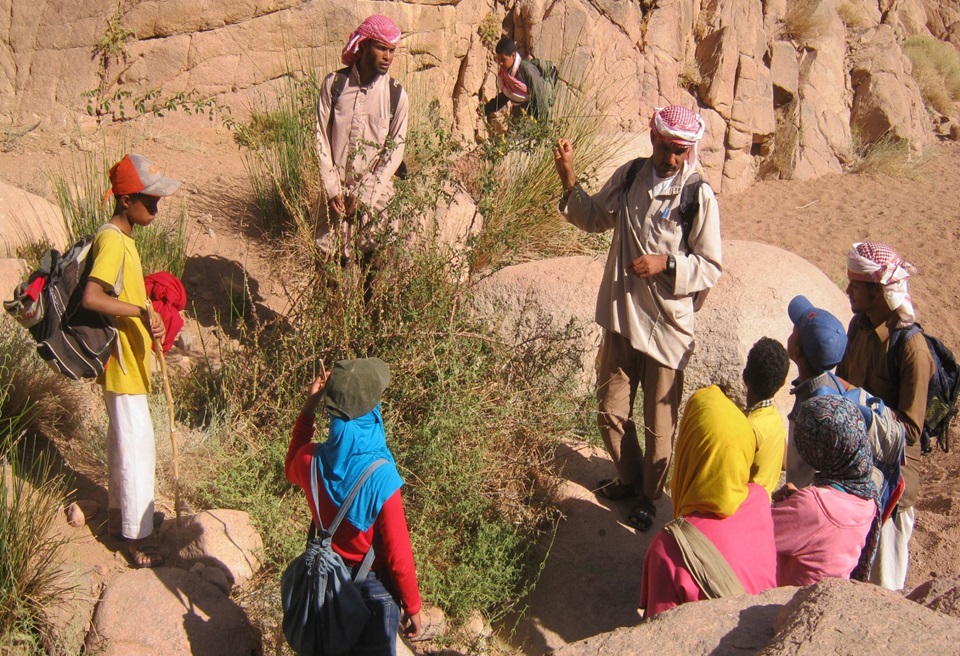Building a network of partnerships and aligning interests around a common vision - Don’t go it alone.
The anti-poaching unit
Chengeta Wildlife
Adopting a “complex-systems” approach meant mobilising all stakeholders in the elephant range around a common vision – the preservation of the Gourma elephants, a national and international heritage. This meant holding engagement workshops with each (government administration and technical services, tourism industry, schools, projects, programs and NGOs operating in the area) to understand their perspectives, and design impactful outreach materials and activities (including a schools program). It also meant engaging and coordinating the support of other institutions in-country (e.g. foreign embassies, MINUSMA, UNDP) to deliver.
At national level this has included working with government to draft an elephant management plan; create a mixed (forester-military) anti-poaching unit and engage expert anti-poaching trainers from Chengeta W.; and create a new protected area that covers the whole elephant migration route, using a biosphere reserve model. Multi-use zones are governed by local CBNRM conventions with foresters providing supplementary enforcement if required, thereby strengthening the community systems. This aligns government and community interests to mutually reinforce each other and provide a cost-effective approach to reserve management. This top-down approach complements the bottom-up approach of community engagement.
Using the elephants as a unifying factor for all stakeholders
Cultivating local partners who were able to gather the required local information and identify the relevant actors.
Identifying individuals holding key positions within relevant ministries who support the project; and bringing them together in mutual support.
A partner organisation that would pay core salaries enabled the project to raise funds and “take-off”.
Although working with multiple partners takes time and can be challenging, the results are far more sustainable and resilient because every party has a stake in the process, and hopefully derives some benefit.
The scope for trade-offs was greater than initially anticipated.
Maintaining government stakeholders engaged, in particular when the government is highly dysfunctional, may require continuous effort, but is essential to building national capacity and ownership.
Individuals in key positions can greatly hamper or facilitate activities. A complex systems approach can be used to seek to understand the “landscape of power” to find ways to limit their impact, for example by finding indirect ways for obstructive behaviour or malpractice to be made public.
